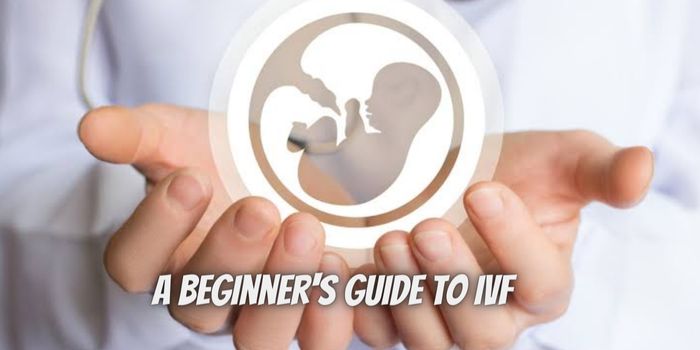A Beginner’s Guide to IVF: What You Need to Know
Parenthood is a dream for many, but for some couples, it’s a challenging proposition as they get stuck in the complexities of infertility. In-vitro fertilization (IVF) can be a viable solution for such couples. If you’re in such a situation, consider clicking here for New York IVF at Sher Fertility Solutions – a fertility clinic committed to providing comprehensive care while keeping your needs in mind.
All the same, what does the IVF process involve? How can you tell you need such a procedure? Well, it’s natural and understandable to be curious. As such, this guide can help you start your journey with confidence and insight.
What IVF Involves
IVF is an intricate process involving egg fertilization in a laboratory. It’s more commonly known as the ‘test tube’ baby-making process, as the egg and sperm are united outside the body. This popular fertility treatment can help couples facing infertility challenges.
Generally, it involves the retrieval of eggs from the ovaries, fertilizing them, and transferring them back into the uterus (more details below). The process typically takes about two weeks and may require more than one cycle for success.
Infertility Workup
Before a doctor can decide the treatment to recommend, you and your partner need to go through a comprehensive infertility workup. This typically involves medical assessment to establish the cause of infertility. Generally, it entails the following:
- Consultation – the physician first talks to you and your partner to understand your medical history and the root of your issue (factors impacting conception).
- Testing – this includes hormone testing, semen analysis, ultrasound, and laparoscopy (if necessary). The doctor may also conduct a hysterosalpingogram (HSG), an x-ray test to evaluate the shape of your uterus and verify your fallopian tubes are open. Anti-Müllerian hormone (AMH) testing also comes in handy, as it helps gauge a woman’s ovarian reserve and capacity to produce eggs.
- Diagnosis and treatment – based on the assessment and test results, the doctor recommends possible treatments to address your issue. IVF may be a go-to treatment if other options fail. Generally, physicians suggest hormone therapy or prescribe medications before opting for IVF.
Are You a Candidate for IVF?
Fertility treatments don’t always involve IVF. Even so, certain conditions could make you a candidate for this procedure. Here’s a quick outline of some of the conditions IVF can address:
- Tubal ligation – IVF bypasses blocked fallopian tubes, allowing a woman to conceive without corrective surgery.
- Male infertility – low sperm count or motility can make it challenging for the egg and sperm to meet naturally. For instance, intracytoplasmic sperm injection (ICSI) can help fertilize the egg with a single sperm, providing a workaround.
- Endometriosis – a condition caused by the growth of endometrial tissue outside the uterus, typically resulting in blocked fallopian tubes.
- Unexplained infertility – the cause of infertility in some cases remains a mystery, making IVF a suitable solution.
- Genetic disorders – cystic fibrosis and other disorders may need a preimplantation genetic diagnosis (PGD) after IVF to help reduce the chances of passing the condition to the baby.
- Advanced maternal age – women over 37 may struggle to conceive due to reduced ovarian reserve. IVF can help by using donor eggs or embryos.
The IVF Process
The IVF process begins with medication to help your ovaries produce multiple mature eggs. The idea is to force your body into an accelerated reproductive cycle. During stimulation, your doctor monitors your progress and may tweak the dosage as needed.
After the eggs mature, the doctor sedates you and retrieves them via transvaginal ultrasound aspiration – using a thin needle inserted through the vaginal wall. This outpatient procedure takes about 20 minutes.
The doctor then sends the eggs to a lab to incubate for two or three days. During this time, lab technicians collect sperm from your partner or use a frozen sample for fertilization.
Once the eggs are fertilized and form embryos, your doctor transfers them back into the uterus via a catheter inserted through your cervix. The procedure doesn’t require anesthesia, though your doctor may suggest you take a mild sedative beforehand.
Afterward, you enter the waiting phase for about two weeks and take a pregnancy test to see if the procedure was successful. Your doctor may also recommend a blood test to measure the level of hCG, a pregnancy hormone.
If everything goes well, you’ll later see your doctor for an initial ultrasound to confirm the pregnancy – usually after about six weeks. You may also need certain medication throughout the process, including progesterone and other hormones.
The success rate of IVF depends on many factors, including age and diagnosis. Still, deciding whether this treatment suits you requires a thorough evaluation. Discuss your chances with your doctor and explore ways to maximize your chances of IVF success.














Post Comment
You must be logged in to post a comment.